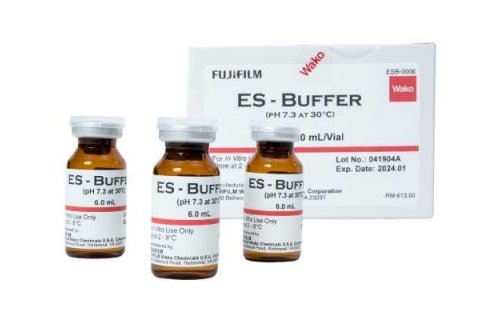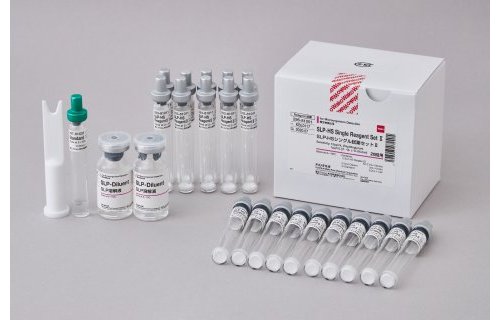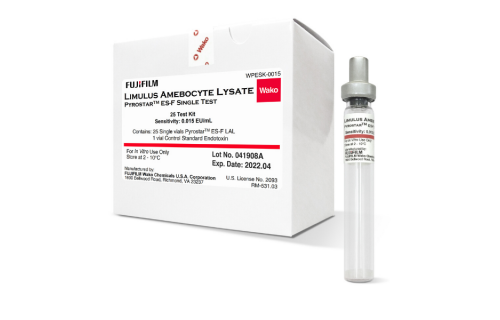Keeping your Testing Environment Endotoxin - Free on a Budget
When bacterial endotoxins, which are pyrogens, gain access to the bloodstream, they cause fever and may even lead to sepsis and septic shock.1 In a research setting, endotoxin contamination also has negative consequences, because it can lead to erroneous and misleading scientific results. Bacterial endotoxins are located in the outer membrane of gram-negative bacteria and are primarily released during bacterial lysis. Reportedly, a single E. coli bacterium may include up to 2 million LPS (endotoxin) molecules.2
Due to the severe risks associated with endotoxin contamination, endotoxin testing has been established as a key component of the manufacturing process of parenteral products. The Limulus amebocyte lysate (LAL) assay is the best established endotoxin test that has gained wide acceptance. It is based on the incubation of an amoebocyte extract from the horseshoe crab with a sample tested for endotoxin content. If the sample contains endotoxin, blood coagulation develops, and a clot is formed that can be assessed visually in a gel-clot assay.3 The gel-clot technique is easy to use, does not require expensive equipment, and the interpretation of its results is straightforward. Therefore, it is suitable for use as a qualitative assay, when the budget for testing is limited. For applications requiring exact quantitative and kinetic endotoxin data, turbidimetric or chromogenic versions of the LAL assay can be used.
Endotoxin contamination of the testing environment may occur via various routes, including contaminated water, skin, air, plastic- or glassware, and lab solutions and reagents.4 Keeping your testing environment endotoxin free is a key requirement to ensure reliable testing results.
Developing a comprehensive strategy for LAL testing and for the maintenance of endotoxin-free testing environment – This is important, because the prevention of endotoxin contamination is much more cost-effective than the complicated process of endotoxin decontamination. The strategy should specify the type of endotoxin test, frequency of testing, and other planned measures to maintain the environment endotoxin free.
Ensuring access to endotoxin-free water – Water, which can be used as a solvent, for sample washing, or for instrument cleaning, is one of the most important sources of endotoxin contamination that may occur due to insufficient water purification or storage under unsuitable conditions.5 To ensure that water is not contaminated, ultrapurification systems based on glass distillation or reverse osmosis can be used. Moreover, prolonged storage of high-purity water should be avoided, and only nonpyrogenic containers should be used for storage. If no water ultrapurification system is available, nonpyrogenic water for injection may be used.
Employing an aseptic technique for sample handling – Human skin can also be a source of endotoxin contamination. Therefore, an aseptic technique should be employed when performing endotoxin testing and handling samples.
Using pyrogen-free plasticware and glassware – Endotoxins have high affinity for and adhere strongly to plasticware and hardware. Moreover, regular washing or autoclaving cannot reliably remove endotoxins. However, pyrogen-free plasticware has become widely commercially available, and its use decreases the risk of endotoxin contamination. In addition, endotoxin can be reliably removed from glassware using depypogenation with dry heat at 180°C for 4 h / overnight or at 250°C for 30 min.
Selecting endotoxin-tested media and additives – Endotoxin-tested media, reagents, and additives should be used as a precaution against endotoxin contamination. The testing can be performed both by the manufacturer and in house.
References
- Sampath VP. Bacterial endotoxin-lipopolysaccharide; structure, function and its role in immunity in vertebrates and invertebrates. Agriculture and Natural Resources, 2018; 52 (2): 115-120. https://doi.org/10.1016/j.anres.2018.08.002.
- Rhee SH. Lipopolysaccharide: basic biochemistry, intracellular signaling, and physiological impacts in the gut. Intest Res. 2014;12(2):90-5. doi: 10.5217/ir.2014.12.2.90.
- FDA. Guidance for industry: pyrogen and endotoxins testing: questions and answers. June 2012.
- Gorbet MB, Sefton MV. Endotoxin: The uninvited guest. Biomaterials. 2005;26(34):6811–6817. doi: 10.1016/j.biomaterials.2005.04.063.
- FDA. Bacterial Endotoxins/Pyrogens. Content current as of: 11/17/2014. https://www.fda.gov/inspections-compliance-enforcement-and-criminal-investigations/inspection-technical-guides/bacterial-endotoxinspyrogens






